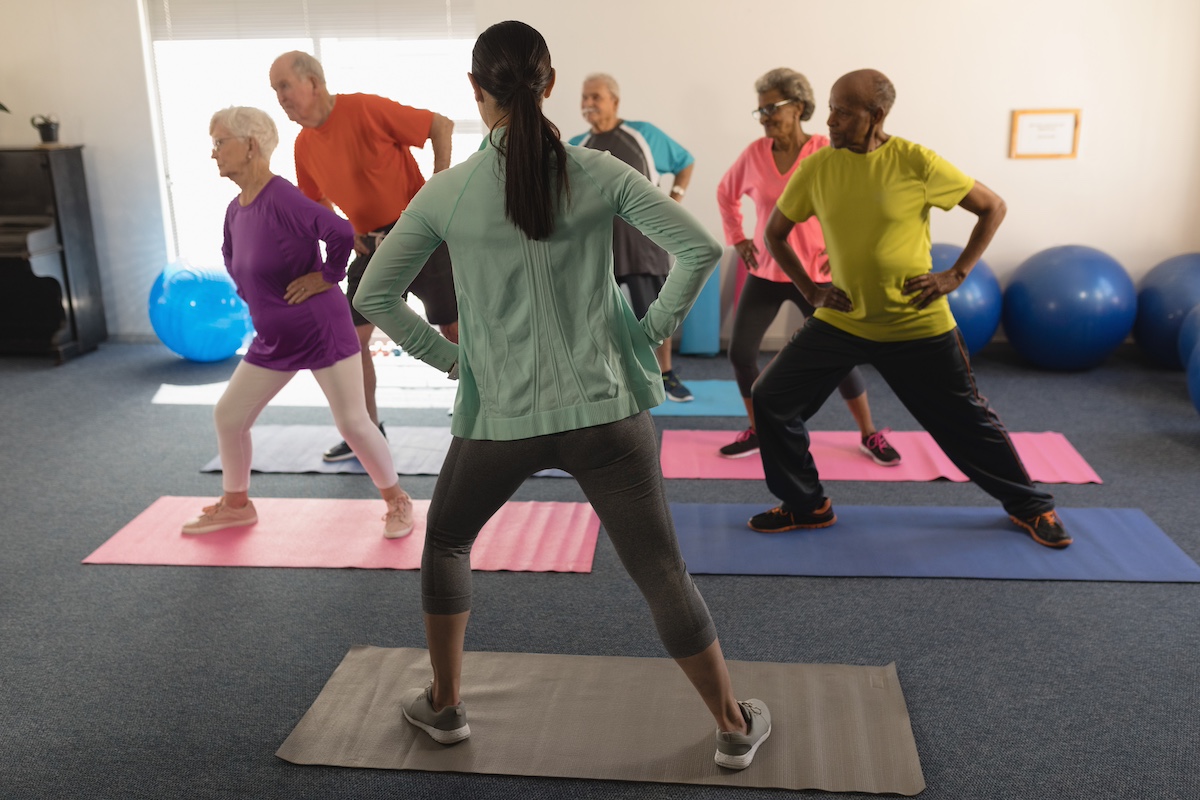As a pastor, Dr. T. David Willets, CG-C, had comforted many people following the death of a loved one.
But until he experienced a life-altering loss of his own, “I had no idea the depth and width of their pain,” he says.
In March of 2004, Willets’ wife of 27 years, along with his 18-year-old daughter, were killed in a car wreck. Following this tragedy, he became a full-time certified grief counselor, helping dozens of people face their own painful journeys of healthy grieving.
Today, Willets provides grief counseling to families with loved ones receiving care from Seasons Hospice, as well as free counseling services to members of his community. He helps clients understand the steps to grief and how to deal with them in a healthy way. He also works with church groups, retirement centers and civic clubs.
“In my theology I believe that ‘God works all things together for our good’ as His children.”

A Journey of Emotions
Willets tells us that a healthy grief journey is basically the same for all. What is highly unique from person to person are the emotions they express and time frame they take traversing through the phases. While one may walk through the phases in eight months or one year, another may need more than one year. That’s what is diverse.
Often when we are grieving, we experience emotions that are foreign to our former lives. “I personally embrace that dynamic as a good thing,” Willets notes.
He says the grieving process develops in the same four phases. Throughout all these phases, we encounter the emotions of denial, anger, bargaining, depression, acceptance and many more.
Stages of the Grieving Process
In his own experience, Willets sees four phases, or stages, of grief after a loved one dies.
Trauma is the initial emotion upon learning the final word that death has come. The typical effect of this phase varies according to the way a loved one died. A sudden heart attack feels different than a months-long battle with cancer, for instance. In a healthy grieving process, this phase is accompanied by deep, uncontrollable weeping, numbness, surrealism and confusion. The person may have difficulty concentrating on simple tasks, disturbed sleep patterns and a lack of appetite. The intensity of this phase can last six to eight weeks or more.
Disorientation occurs when a loved one dies and those who were close to them have lost “their rock,” or “their pillar.” These are phrases that express a point of reference. For a while, it is disorienting to sit in the same place at church or go to a favorite restaurant without your loved one. Something just isn’t right! Something is out of place. Familiar routines become a bit frightening when, for example, your loved one is not sitting in their favorite chair when you enter the room. This is a normal feeling and is usually experienced for a relatively short time, as in two to three months.
Adjustment occurs when routine responsibilities once assumed by a deceased loved one must now be covered by a surviving party. Examples might include paying the bills, car maintenance, house cleaning or yard work. For a widowed spouse, there are adjustments to becoming single, sleeping alone, celebrating holidays, shopping, cooking and travel.
Rebuilding is the phase when the grieving person comes to a sense of “okayness.” Life moving forward will not be the same, but a healthy grief journey ultimately finds the path to a new way of life. The goal is to break the shackles defining one’s life by the death of a loved one and start living in the present with all the opportunities and limitations at hand.
Willets also addresses a typical misgiving on the stages of grief. Swiss psychiatrist Elisabeth Kubler-Ross, in her book On Death and Dying, listed five stages of grief: denial, anger, bargaining, depression and acceptance. But she was not talking about postmortem grief, but rather the typical stages during anticipatory grief, before a person dies. Kubler-Ross has tried to grab this missive information back from popular culture for decades.
Grieving During a Pandemic
For those grieving the loss of a loved one, Willets says the COVID-19 lockdown is the worst thing for them.
One of the unhealthiest practices to do during grief is to isolate one’s self. When we isolate, we love perspective. Our emotions are magnified. Without the interaction of people, we have difficulty moderating reality from delusional thinking. Our emotions are fickle.
For those grieving during the COVID-19 pandemic, the lows become frighteningly low for many. Willets encourages clients to stay in touch with people on a daily basis. That includes in-person contact with those you are sure do not have the virus and have had limited to no exposure to it.
Grief Is Necessary
Willets reminds everyone of a fact that all need to understand: Grief does not go away just because you stuff your emotions. It will work its way through your mind, body and spirit in either a healthy way or a destructive way.
There are three elements to the grieving process: identify the source(s), face the pain and talk it through. Willets observes that many people are stuck in the second element of facing the pain. They simply do not want to lose control and allow themselves to express deep weeping.
When that is the case, the griever will eventually become bitter, angry and resentful. That is the unhealthy way to face grief, and yet many people follow that pattern. Unfortunately, they are slowly destroying themselves in mind, body and spirit. They are inflicting undeserved pain on those around them.
There is a mammoth amount of truth to the simple saying, “I had a good cry and I feel better now.” Believe it or not, allowing yourself many deep, uncontrolled cries after a loss actually leads to healing.
In addition to his work as a certified grief counselor, Willets has authored a number of books and other publications on the topics. Those wishing to learn more are encouraged to visit his website at www.silverlining.ws or send an email to [email protected].
At Crown Hospice, we provide bereavement support to families for 13 months after a loved one passes away. Services include grief support groups and an annual Celebration of Life honoring patients who have passed within the last year. We also provide information on grief support services within the community.
We understand that losing a loved one is hard. Please contact us if you need more information on our bereavement support services.




